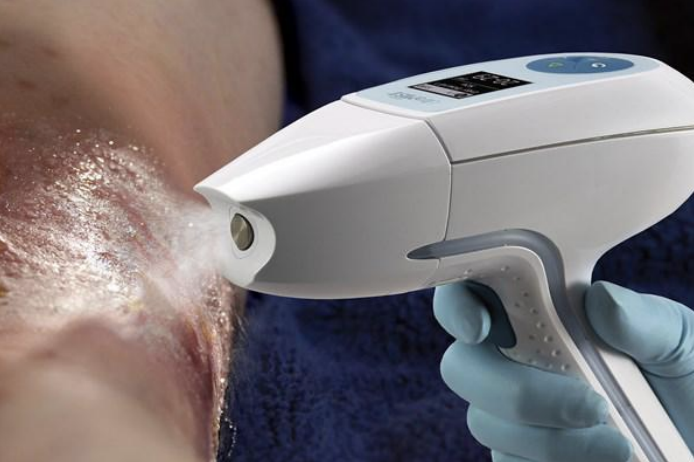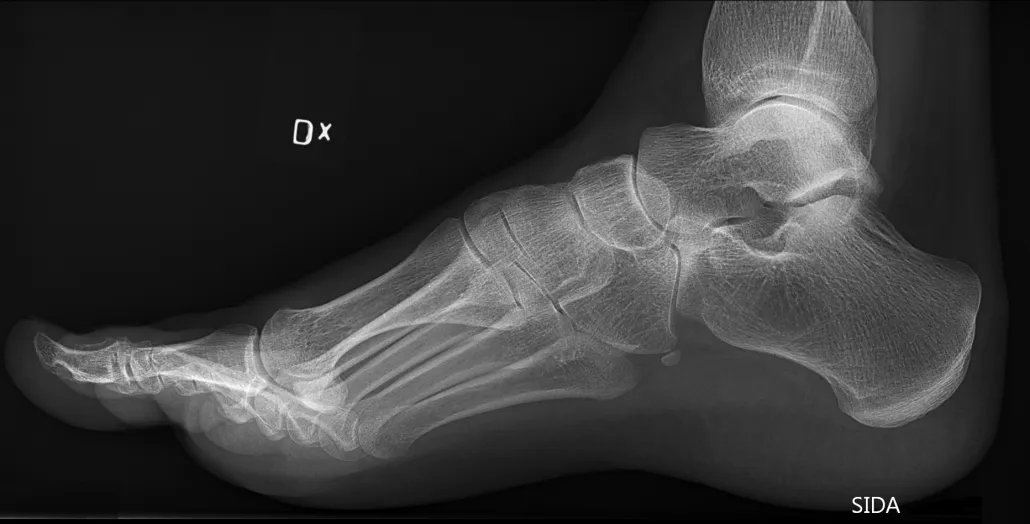Amniotic products have been used successfully for over a century in the setting of problematic tissue healing and have enjoyed a stellar safety record. Following recent clinical success with treating orthopedic injuries, there has been renewed interest in the treatments for musculoskeletal disease and injury. An abundance of scientific and clinical evidence has demonstrated the relationship between the molecular healing mechanisms and the clinical success of treatment in the setting of chronic inflammation where amniotic products have been used.
While some authors aggressively point out that amniotic fluid products do not have any living stem cells, we can’t agree that it doesn’t play an important clinical role. The fact that amniotic fluid doesn’t have any living stem cells, however, shouldn’t preclude us from acknowledging its potential value in treatment, given the excellent safety record and demonstrated scientific efficacy of the product when used in the correct setting. In some patients, amniotic fluid treatment has been the ideal tool to restore their ability to enjoy their recreational and vocational pursuits almost immediately after injection and without surgery.
Amniotic Injections Potential:
Many believe the value of the amniotic product may be in it’s ability to neutralize the toxic healing environment of the degenerative joint. It has been clearly demonstrated that concentrations of tissue degrading enzymes (MMPs) that destroy cartilage and cause painful symptoms are elevated in arthritic joints.
Amniotic fluid contains regulators for healing and inflammation promoting tissue regeneration and repair. The fluid contains growth factors which can help promote new tissue growth and also help to call in the body’s stem cells. Amniotic fluid contains important anti-inflammatory properties from biochemicals called cytokines that help relieve pain. Amniotic fluid also contains hyaluronic acid (a prominent component of joint fluid important for lubricating cartilage and promoting growth of new cartilage). This allows Amniotic Injections to also provide protection for joints for long term relief.
Amniotic fluid is heavily concentrated in important healing molecules, growth factors, hyaluronic acid, antimicrobial components and stem cell activators that have been proven to be effective in patients with arthritic conditions without producing an immunologic rejection response.
Dr. Jose Rivera is a Board Certified Foot & Ankle Specialist specializing in the field of regenerative foot & ankle orthopedics. He currently practices at OrthoRegenX in Orlando, FL area and is focused on providing minimally invasive and effective regenerative treatments to provide his patients an alternative to invasive surgery.






